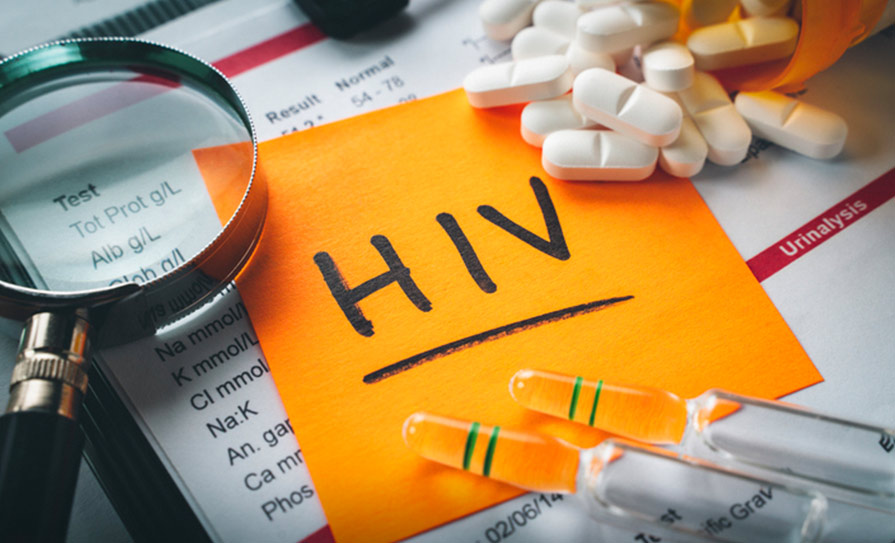By Royal Ibeh
Copyright businessday

Nigeria’s battle against HIV is faltering as critical diagnostic tests, including resistance testing, CD4 counts, hemoglobin tests, and liver function tests, are no longer covered by donor funding, forcing patients to bear out-of-pocket costs, warns Dr. Agatha David, director of Research and Consultant Paediatrician at the Nigerian Institute of Medical Research (NIMR).
With an estimated 2 million people living with HIV and a national prevalence of 1.4 percent, the loss of support for these essential tests threatens comprehensive care and Nigeria’s progress toward the United Nations’ Sustainable Development Goal (SDG) 3 to end the AIDS epidemic by 2030.
David, at a press conference organised by NIMR, in Lagos, urged Nigeria to follow India’s model of local antiretroviral (ARV) manufacturing to reduce dependency on external aid.
While lifesaving antiretroviral therapy (ART) remains funded through donor agencies, primarily from the U.S. government, David highlighted a critical gap in Nigeria’s HIV response. “ART is considered lifesaving, so they continue it for now,” she said, referencing the Trump administration’s decision to sustain ART funding after initially threatening cuts.
However, other vital components of HIV care have been defunded. Previously, routine care included CD4 counts to monitor immune health, hemoglobin tests to check for anemia, and liver function tests to assess drug toxicity. “Now they have been removed because the funding is no longer coming in,” David explained, adding that resistance testing, crucial for identifying when patients fail first-line ART drugs, is also unfunded, leaving patients to pay out-of-pocket.
Read also: Nigeria’s HIV crisis: Youth testing rates plummet below 25%, threatening global health goals
This funding shortfall disproportionately affects Nigerian HIV-positive adolescents and young adults, who face unique challenges. A NIMR study of 883 adolescents revealed a 12 percent HIV prevalence, far exceeding the national average, yet only 23 percent of youth report ever being tested.
Poor adherence to ART, with viral suppression rates below 80 percent among youth compared to NIMR’s 92 percent, further complicates care. Without resistance testing, patients failing first-line drugs are often switched to costlier second-line drugs without confirmation, straining resources. “We can’t even do resistant testing for them due to financial constraints,” David noted.
The reliance on donor funding, particularly from the U.S., has left Nigeria vulnerable. In response to potential cuts, the Nigerian government allocated fund to procure ART drugs, but this does not cover diagnostics or innovative interventions like SMS reminders and peer navigation, which NIMR’s research shows improve adherence.
“The Trump administration is a wake-up call, not just for Nigeria, but for many African countries. Because if you are depending on somebody to give you food, and the person is not obligated to give you food, they could decide that I have given you enough food, you should have been able to cultivate some food by now. So when they first announced that they would stop it, the federal government, I think they allocated funds to procure drugs for a while. And then Trump relented and said for lifesaving, they will continue and ART is considered lifesaving. So that is why they are continuing it for now,” she explained.
David advocates for local ARV manufacturing to reduce dependency, citing India as a model. “As big as we are as a country, there is no company that manufactures antiretrovirals in-house,” she said.
India’s robust generic drug industry supplies much of Nigeria’s ARVs, and establishing similar production could stabilize supply chains and lower costs. This shift could also fund diagnostics and preventive measures, addressing gaps in comprehensive care. “We should wake up because we don’t know what will happen tomorrow,” she urged, warning of the risks of relying on unpredictable donor support.
Speaking on NIMR’s efforts to boost HIV care in Nigeria, David said NIMR’s efforts include Nigeria’s first adolescent-friendly HIV clinic launched in 2009 and an outreach program for orphans in Ketu, demonstrate innovative care models, but scaling them requires resources.
Without action, Nigeria risks missing the UNAIDS 95-95-95 targets—95 percent of people knowing their HIV status, 95 percent on ART, and 95 percent virally suppressed by 2025. “We have the research. Now we need to translate it into practice with sustainable funding,” she affirmed.



